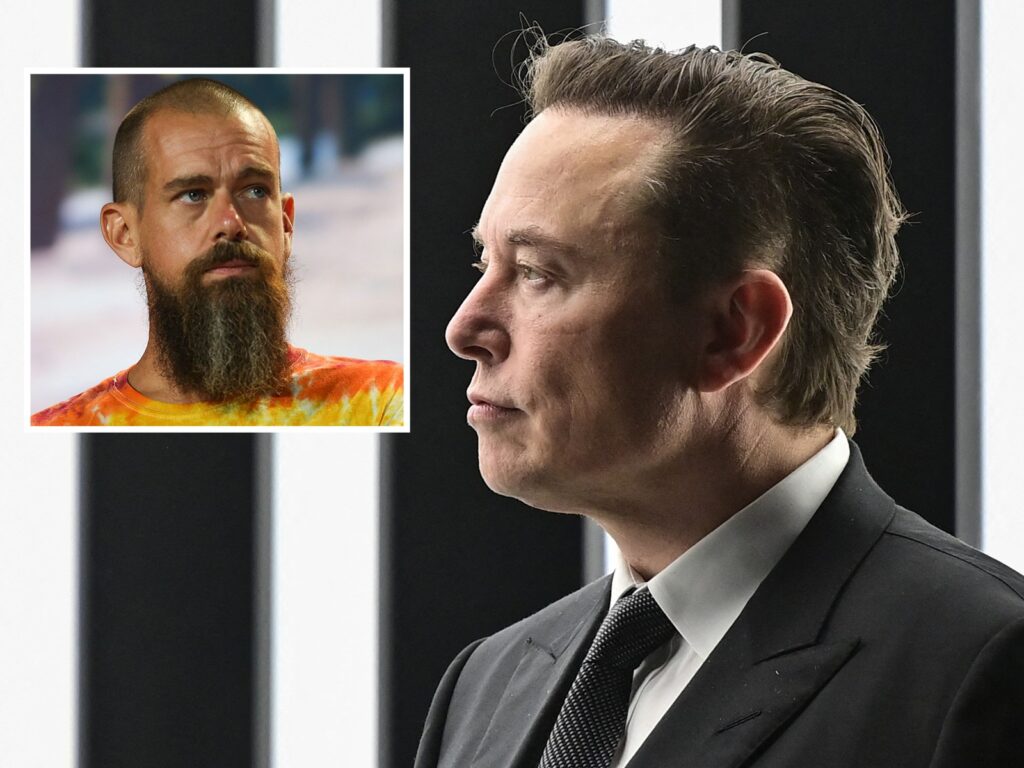The tech world is no stranger to bold ideas, but a recent proposal from Jack Dorsey and Elon Musk has taken things to a whole new level. These two industry giants—Dorsey, co-founder of Twitter (now X), and Musk, CEO of Tesla and SpaceX—are suggesting the complete abolition of intellectual property laws in technology.
This proposal has sparked serious conversations across the globe. Supporters see it as a step toward innovation and freedom. Critics, on the other hand, fear it could harm creativity and fairness. But what’s really behind this proposal, and what could it mean for our future?
Why Jack Dorsey and Elon Musk Want to End IP Laws
Jack Dorsey and Elon Musk believe that current intellectual property (IP) laws are outdated and restrictive. They argue that these laws benefit large corporations more than individual creators. According to them, abolishing intellectual property laws in technology could open doors for more collaboration and faster innovation.
Elon Musk has previously referred to patents as “for the weak,” showing his preference for open sharing of ideas. He believes real innovation comes not from hoarding information, but from letting it flow freely. Similarly, Dorsey argues that the IP system often traps creators, preventing their ideas from reaching the world.

They claim that, in today’s fast-moving world, especially with the rise of artificial intelligence and blockchain, IP laws slow things down. By removing these restrictions, companies could build on each other’s work, pushing technology forward at a faster pace.
Technology, AI, and the Need for Open Collaboration
The timing of this proposal is no coincidence. Many AI companies are currently facing lawsuits for using copyrighted materials in their training datasets. Elon Musk and Jack Dorsey may be reacting to this pressure, offering a different path: an open ecosystem where legal conflicts are reduced, and collaboration is encouraged.
For example, if companies didn’t have to worry about copyright restrictions, they could share datasets, algorithms, and models more freely. This would not only save time and money but also make it easier for small startups to compete with tech giants. In short, abolishing intellectual property laws in technology could help level the playing field.
Supporters often point to open-source software as proof that shared innovation works. Platforms like Linux and projects built on blockchain principles have grown without traditional IP protections. They show that open collaboration can lead to reliable and successful products.
However, there’s no guarantee that this approach would work in every field. Pharmaceuticals, for instance, rely heavily on patents to recover huge research costs. So, a one-size-fits-all approach may not be ideal.
The Critics Speak: Risks and Concerns
Of course, not everyone is on board with this bold proposal. Critics say that without IP protections, creators may lose their motivation to innovate. After all, if anyone can use your idea without paying or giving credit, why invest time, effort, and money?
Another concern is exploitation. Without legal protections, large companies might take the work of smaller creators and profit from it without sharing the rewards. This could lead to a market where only the powerful thrive.
Economists also warn that investors may be less willing to fund new projects if the profits aren’t protected by patents or copyrights. So, abolishing intellectual property laws in technology could unintentionally slow innovation in some industries.
A more balanced solution could be reforming, not removing, the current IP laws. Many experts believe that a revised system could support both creativity and access by offering flexible licensing or time-limited protections.
Impact on Society, Creativity, and Business Models
This debate reaches far beyond Silicon Valley. If IP laws were to vanish, the music, film, publishing, and education industries would feel the impact. Creators might shift to new income models like crowdfunding, memberships, or live performances.
At the same time, knowledge and innovation would become more accessible. Students, small businesses, and independent developers could benefit from free tools and open resources. It might even lead to a more inclusive and diverse tech landscape.
But the challenge is finding a fair way to reward creators while encouraging openness. If abolishing intellectual property laws in technology becomes a serious movement, policymakers will need to design systems that protect the vulnerable while encouraging growth.
What the Future Holds
As of April 2025, the idea is still fresh, and the world is watching. Jack Dorsey and Elon Musk’s influence ensures this topic won’t disappear soon. Whether this proposal gains traction or fades out will depend on public response, industry feedback, and political will.
For now, it’s important to stay informed and join the conversation. The future of intellectual property will shape how we create, share, and consume knowledge. And whatever happens next, it’s clear that the tech industry is at a major crossroads.
References
- Nature: The Role of Intellectual Property in Innovation
- World Intellectual Property Organization – Understanding IP
- Open Source Initiative – The Case for Open Source









